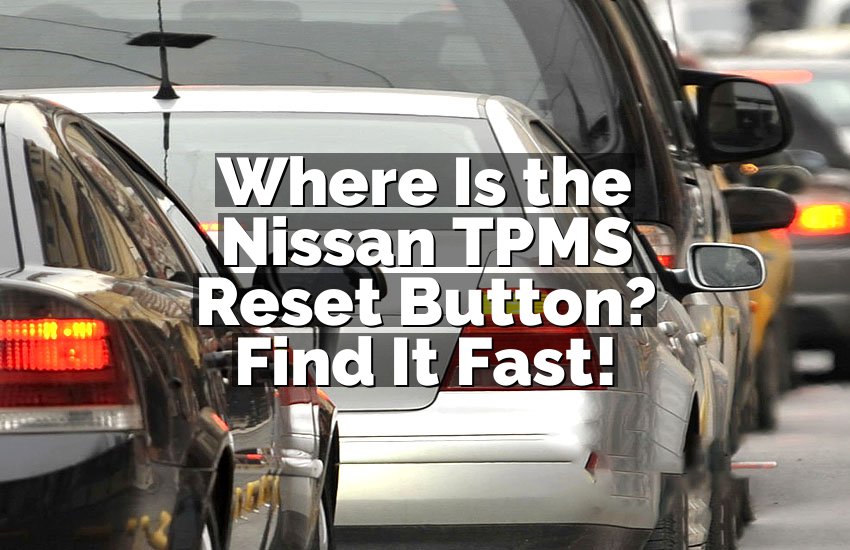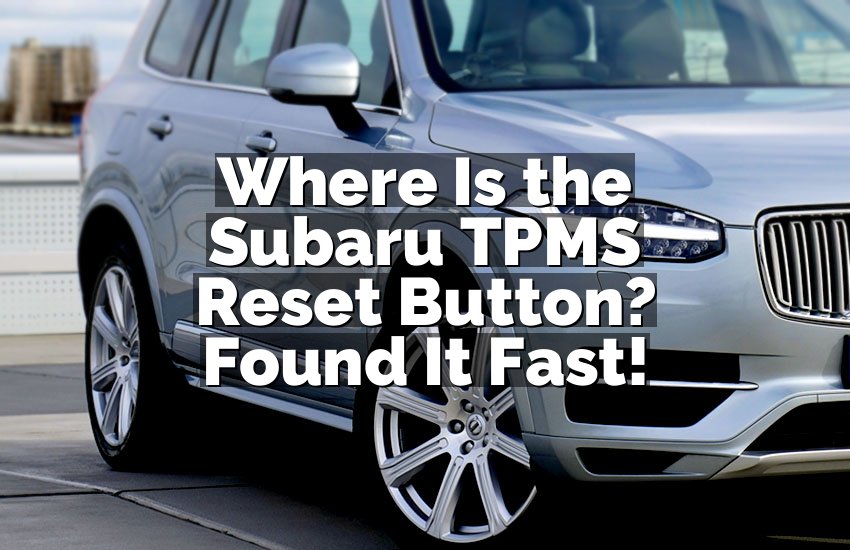Buying a new car is exciting, but it also comes with a lot of decisions to make. One question that often pops up is: how many miles should a new car have? Should you go for a vehicle with just a few miles on the odometer, or is it okay to consider one that’s been driven a bit more? In this article, we’ll dive deep into this question and explore everything you need to know before making your purchase. From understanding what “low mileage” really means to figuring out the best balance for price, condition, and longevity, you’ll have all the answers to make an informed choice!

What Is Considered Low Mileage for a New Car?
When you’re shopping for a new car, one of the first things you’ll notice is the mileage. But what exactly is “low mileage”? It’s not as simple as just looking at the odometer. Mileage plays a huge role in determining the value and condition of a car, and understanding the context behind it can help you make a more informed decision.
The Average Miles Driven per Year
First, let’s get some perspective. The average driver in the U.S. drives about 13,500 miles per year. This number can fluctuate depending on where you live, your driving habits, and your job. But when you’re shopping for a new car, this is a helpful baseline. A car that’s considered “low mileage” is generally one that’s driven below this average.
For example, a car that’s two years old with around 20,000 to 25,000 miles could be considered low mileage, since it’s below the expected 27,000 miles (13,500 miles per year x 2 years). But this is just a rough guideline. Mileage can vary depending on the car’s age, brand, and purpose.
What About “New” Cars?
The term “new car” doesn’t always mean a car with zero miles. A brand-new car off the dealership lot will have anywhere from 0 to 50 miles, typically from being moved between locations or test-driven by potential buyers. But when you’re talking about a used car that’s still “new” to you, mileage takes on a different meaning.
A “new” used car is one that’s a couple of years old but still in excellent condition. For these cars, a good rule of thumb is anything below 30,000 miles. This suggests that the car hasn’t been driven too much, so it’s likely to have a longer lifespan ahead of it.
How to Look Beyond Mileage
While mileage is important, it isn’t the only factor to consider when determining if a car is in good shape. Things like the vehicle’s maintenance history, accident reports, and the brand reputation all matter just as much—if not more. Don’t just look at the miles on the odometer; get a comprehensive picture of the car’s overall condition.
How Many Miles Are Too Many for a New Car?
Now that you know what “low mileage” means, let’s talk about the opposite: how many miles are too many for a new car? This is a tricky question because, like most things, the answer depends on a variety of factors.
Mileage vs. Age: What’s More Important?
One of the most important considerations when deciding how many miles are too many for a car is the vehicle’s age. Older cars, naturally, will have more miles on them, and that’s not necessarily a bad thing. For example, a car that’s 10 years old but only has 60,000 miles on it has likely been well cared for and not driven much. On the other hand, a 5-year-old car with 100,000 miles may have seen a lot of wear and tear.
In general, if a car has more than 100,000 miles and is over 5 years old, it could be a warning sign. Cars with higher mileage tend to have more mechanical issues, and they may not last as long as lower-mileage vehicles. However, some cars are built to last longer, so it’s always important to do a little extra research on the specific make and model.
Red Flags for High-Mileage Cars
If you’re considering a car with high mileage, it’s essential to assess its overall condition. Look for signs of excessive wear, such as:
- Engine condition: Is the engine running smoothly, or does it sound rough? High-mileage cars are more prone to engine problems.
- Transmission issues: A rough-shifting transmission could be a sign that the car has been heavily used.
- Suspension wear: A high-mileage car might have worn-out suspension components, leading to a rough ride or poor handling.
- Rust and corrosion: Look for signs of rust or damage, especially around the wheel wells, undercarriage, and door frames.
If you notice any of these issues, it may be a sign that the car isn’t worth the investment, even if it seems like a great deal.
Does High Mileage Mean It’s a Bad Deal?
Not necessarily. A high-mileage car can still be a great option if it’s priced appropriately and in good condition. In some cases, you can find a car with over 100,000 miles that still has plenty of life left in it. This is especially true if the car has been well-maintained, and its owner has kept up with regular service and repairs. The key is to get the car inspected by a trusted mechanic before making a purchase.
Factors That Influence the Ideal Mileage of a New Car
When deciding what mileage is ideal for a new car, there are many factors to consider. Let’s take a deeper dive into how things like car type, brand reputation, and usage history impact your decision.
Type of Car: Sedan vs. SUV vs. Truck
The type of car you’re looking at can make a big difference in how many miles are considered acceptable. For example:
- Sedans generally have longer lifespans than SUVs or trucks, mainly due to less wear and tear. If you’re buying a sedan, a car with 50,000 miles might still be in excellent condition.
- SUVs and trucks, on the other hand, tend to rack up miles faster due to the nature of their use. If you’re eyeing an SUV or truck, a vehicle with 40,000 miles might be a better option compared to a sedan with the same mileage.
The purpose of the car can also affect the mileage expectations. For instance, if the car was used primarily for long highway commutes, it might have higher mileage but fewer mechanical issues than a car that’s been used for frequent short trips.
Brand Reputation and Longevity
Some brands are known for their durability and longevity, which can make a big difference when you’re evaluating mileage. For instance, Toyota, Honda, and Subaru are known for their longevity, often running smoothly well past 200,000 miles with proper care. So, a high-mileage vehicle from one of these brands could still be a good buy if it’s in solid condition.
On the other hand, brands with a reputation for less reliability may not hold up as well with higher mileage. In these cases, it’s even more important to scrutinize the vehicle’s condition and maintenance history.
The Car’s Usage History
The car’s usage history plays a massive role in determining whether its mileage is a good fit for your needs. A car that’s been used as a rental or a fleet vehicle might have a lot of miles but may not have been driven as carefully. This could be a red flag, especially if it’s not documented properly.
Conversely, a car that’s been owned by one careful driver and regularly serviced will often perform better, even with higher mileage. If the car has a solid maintenance record and has been well-cared-for, it could still be worth considering.
The Pros and Cons of Buying a New Car with High Mileage
High-mileage cars often come with lower price tags, which can make them an appealing option for buyers on a budget. But before jumping into the deal, it’s essential to weigh the pros and cons.
Pros of High-Mileage Cars
- Lower Cost: The most obvious benefit of buying a high-mileage car is the lower upfront cost. If you’re on a tight budget, a high-mileage car can save you a lot of money.
- Potential for Better Deals: Dealers may be more willing to negotiate on the price of a high-mileage car, especially if it’s been on the lot for a while.
- More Room for Customization: If you’re not planning on keeping the car for years and just need something that works for now, a high-mileage car gives you more flexibility for customizations without worrying about diminishing the car’s resale value.
Cons of High-Mileage Cars
- Increased Wear and Tear: As previously mentioned, high-mileage cars have likely experienced more wear and tear, meaning they could be prone to mechanical problems.
- Decreased Longevity: High-mileage cars may only have a few years of good use left before major repairs are needed.
- Potential Hidden Issues: Some issues may not be immediately obvious, and a high-mileage car could have undetected problems that become costly down the line.
The Benefits of Buying a New Car with Low Mileage
Low-mileage cars are typically seen as a better investment since they’re often in better condition and have more life left in them. But what specific benefits do they offer?
Lower Risk of Major Repairs
A car with lower mileage has less wear and tear, which means it’s less likely to require costly repairs right away. While even new cars need maintenance, low-mileage used cars tend to have fewer immediate issues.
Better Resale Value
Cars with lower mileage generally hold their value better. If you decide to sell the car later on, you may be able to get a higher resale price compared to a high-mileage car.
Longer Lifespan
A car with fewer miles on it often has a longer lifespan ahead of it, especially if it’s been well-maintained. This means you’ll get more years of reliable service, which could make the higher upfront price worth it in the long run.
How to Inspect Mileage on a New Car
When buying a new car, inspecting the mileage is just one part of the puzzle. Here’s how you can ensure that the car you’re buying is worth the investment.
Check the Odometer Reading
Start by looking at the odometer to see how many miles the car has been driven. Compare the number of miles with the car’s age to get a sense of whether it’s considered low, average, or high mileage.
Look for Discrepancies
Sometimes, the odometer reading can be tampered with, so it’s important to verify the mileage. One way to do this is by checking the car’s service records. A reputable dealer or private seller should provide these records, showing regular maintenance and repairs. If the car’s mileage seems unusually low or high for its age, it’s worth asking questions.
Use Vehicle History Reports
Services like Carfax or AutoCheck can provide detailed history reports on the car, showing whether it’s been in any accidents, how many owners it’s had, and confirming the mileage.
Frequently Asked Questions
Is it bad to buy a car with over 100,000 miles?
It depends on the car’s condition. Some cars, especially those with a reputation for reliability, can last well beyond 100,000 miles if properly maintained.
Can high-mileage cars be reliable?
Yes, some high-mileage cars can still be reliable if they’ve been well-maintained and have a good service record. It’s important to inspect the vehicle thoroughly.
Do I need to worry about a car’s mileage if it has a full service history?
Not necessarily. A car with a full service history shows that it has been well cared for, which can offset concerns about high mileage.
Is it better to buy a used car with low mileage or a new car?
It depends on your budget and what you’re looking for. A new car comes with warranties and less worry about repairs, but a used low-mileage car can offer a better price.
Can I trust the mileage on a used car?
Mileage can sometimes be altered, so it’s a good idea to request a vehicle history report and have the car inspected to confirm the accuracy.
Do I need to inspect a car with low mileage?
Yes, even if a car has low mileage, it’s still essential to inspect it for other factors like exterior and interior condition, rust, and mechanical issues.
Is it risky to buy a high-mileage car?
It can be riskier due to the increased likelihood of mechanical issues and the potential for a shorter lifespan, but if well-maintained, it could still be a good deal.
Can a low-mileage car have hidden issues?
Yes, low-mileage cars can still have problems, especially if they’ve been sitting unused for long periods. Always have the car inspected before buying.


